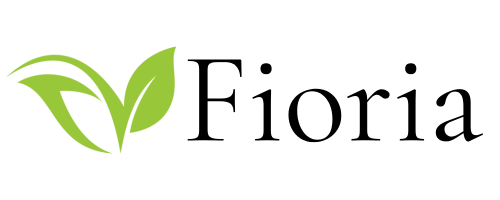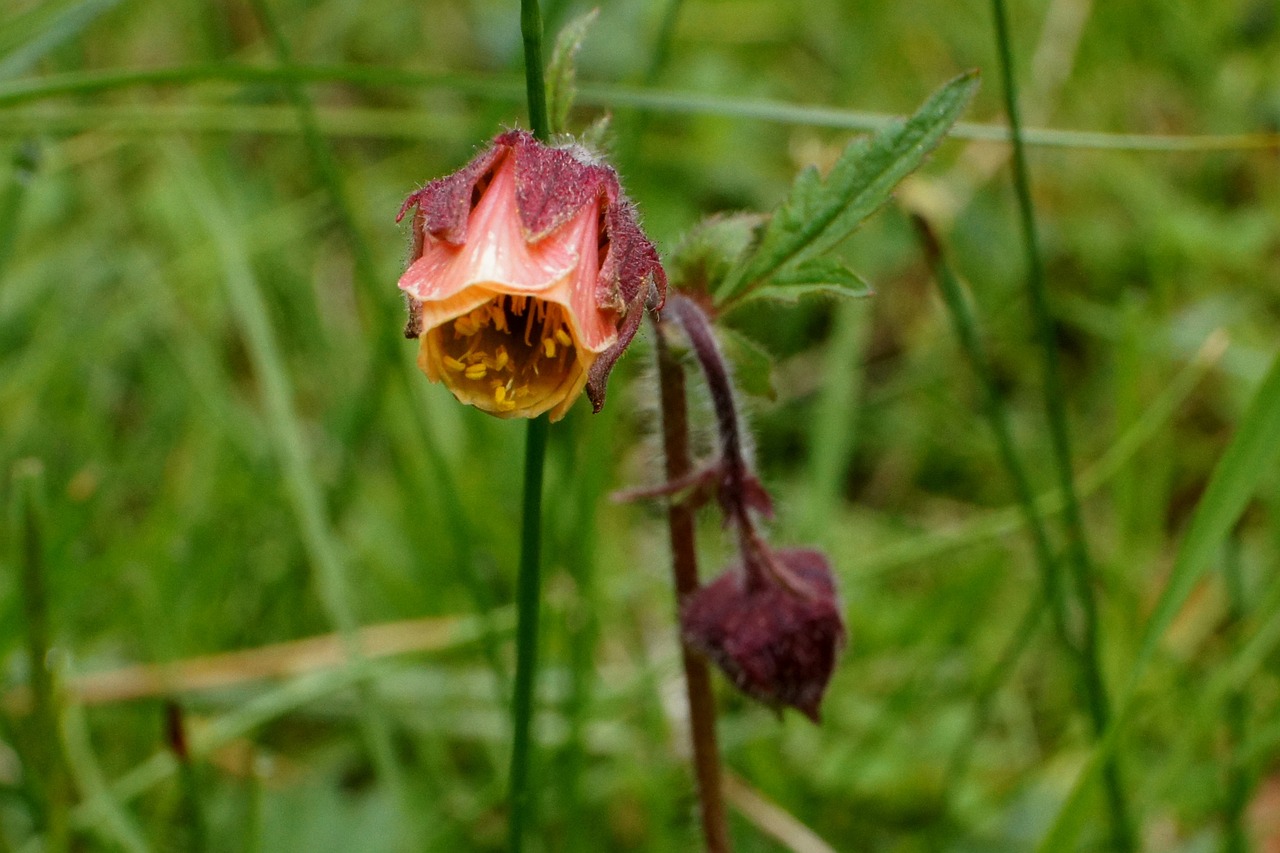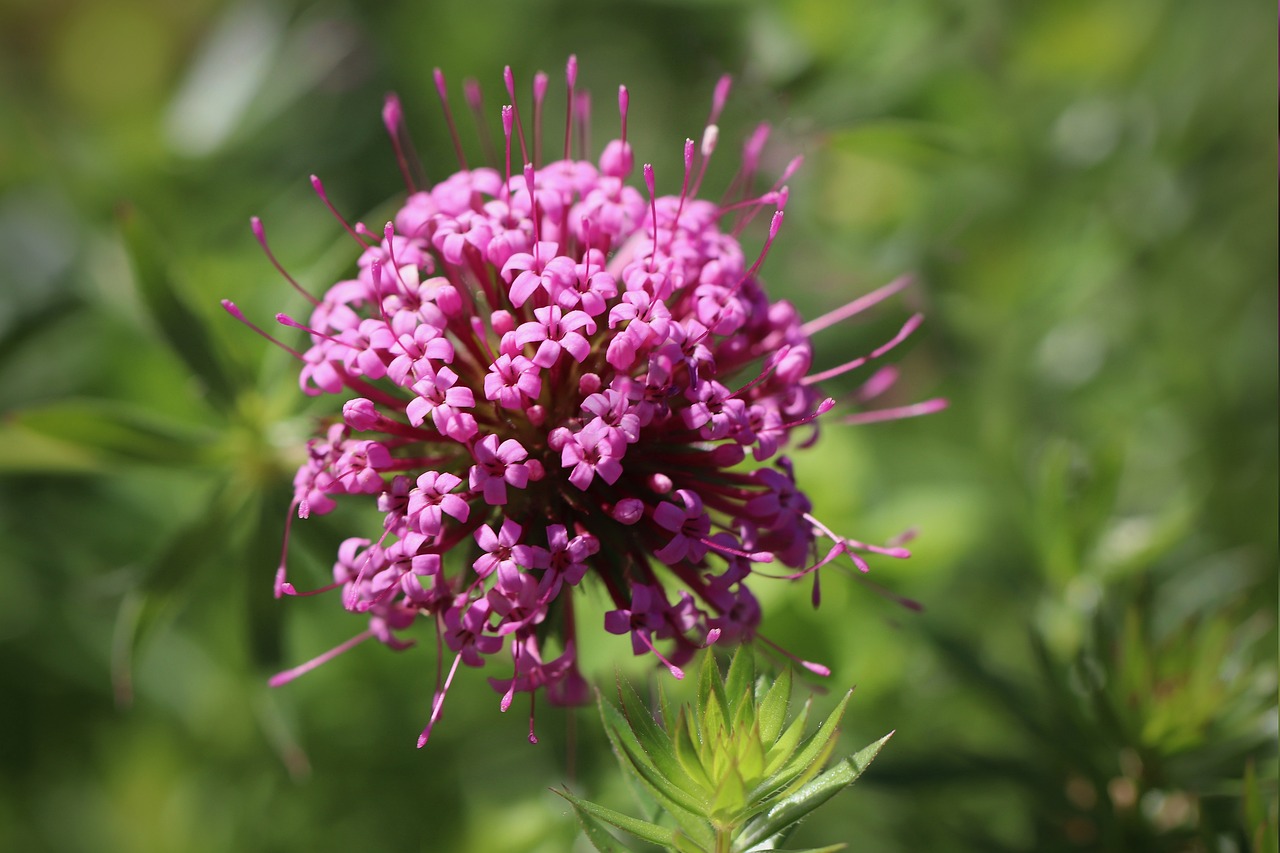Lemon Geranium | The Fragrance of 18th-Century European Interior Culture
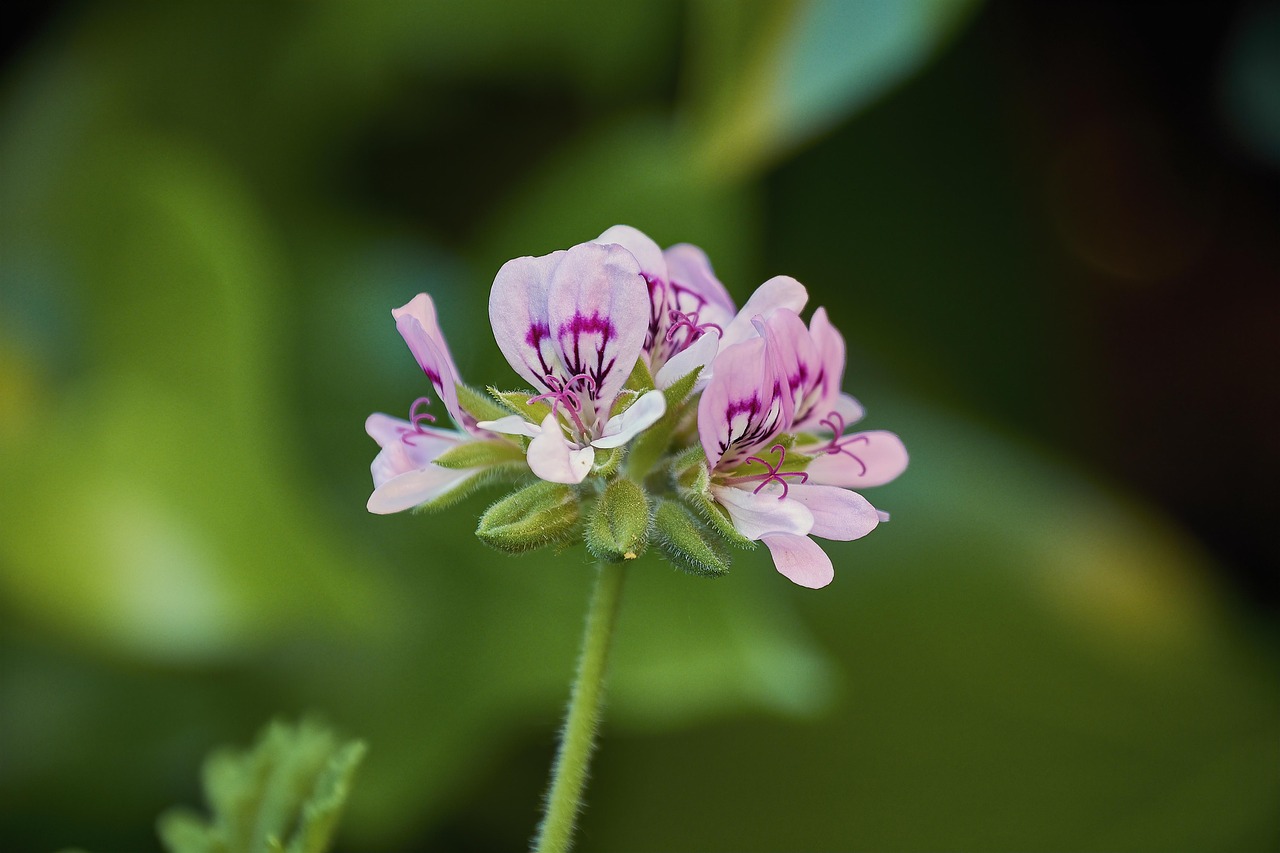
I introduce the lemon geranium, a perennial plant cherished for both its ornamental value and its refreshing lemon-scented foliage, complemented by delicate flowers.
Primarily cultivated in pots, I appreciate this plant as both a source of fragrance and a popular choice for interior greenery or herb gardens.
In this article, I explore its appeal in depth, presenting its cultural and historical background as well as practical tips for cultivation.
Basic Information
- Scientific name: Pelargonium crispum
- Family: Geraniaceae
- Origin: Cape Province, South Africa
- Appearance: The small, crinkled leaves release a refreshing lemon scent with just a light touch. The stems tend to become woody, and the plant grows compactly. The flowers are small, five-petaled, and typically range in shades of pale purple to pink.
- Blooming season: Spring to early summer (sometimes in autumn under favorable conditions)
Cultural Significance Worldwide
Lemon geraniums have long held an important place in European herb gardens and greenhouse horticulture as fragrant plants.
In England, from the 18th century onward, a culture of enjoying the fragrance of herbs flourished. Within this context, the lemon geranium was valued as a fragrant ornamental plant, cultivated in greenhouses and winter gardens, and its leaves were used to bring fragrance into tearooms and parlors.
In the Provence region of France, it has been incorporated into gardens that emphasize scented plants, and among the various geraniums, this lemon-scented species has been particularly popular in summer gardens.
In Germany and the Netherlands, it became a staple plant for window box decorations and homes that value fragrance, establishing a stable position in gardening culture.
Historical Background
The lemon geranium was introduced to Europe in the late 17th century as one of many Pelargonium species brought from South Africa.
At that time, collecting and displaying exotic plants from colonies became fashionable among the nobility, and botanical gardens and private greenhouses turned into treasure houses of rare species.
Pelargonium crispum attracted attention for both its fragrant leaves and its distinctive leaf shape, and it was established as one of the representative species of “scented geraniums,” categorized by differences in fragrance.
From the 18th to 19th centuries, horticultural breeding advanced, producing numerous hybrids. Lemon geraniums played an active role as parent plants, forming the foundation of today’s wide variety of scented geraniums.
In Victorian England, they were even recorded as being cultivated in royal greenhouses, demonstrating their deep involvement in the horticultural culture of the time.
Gardening Advice
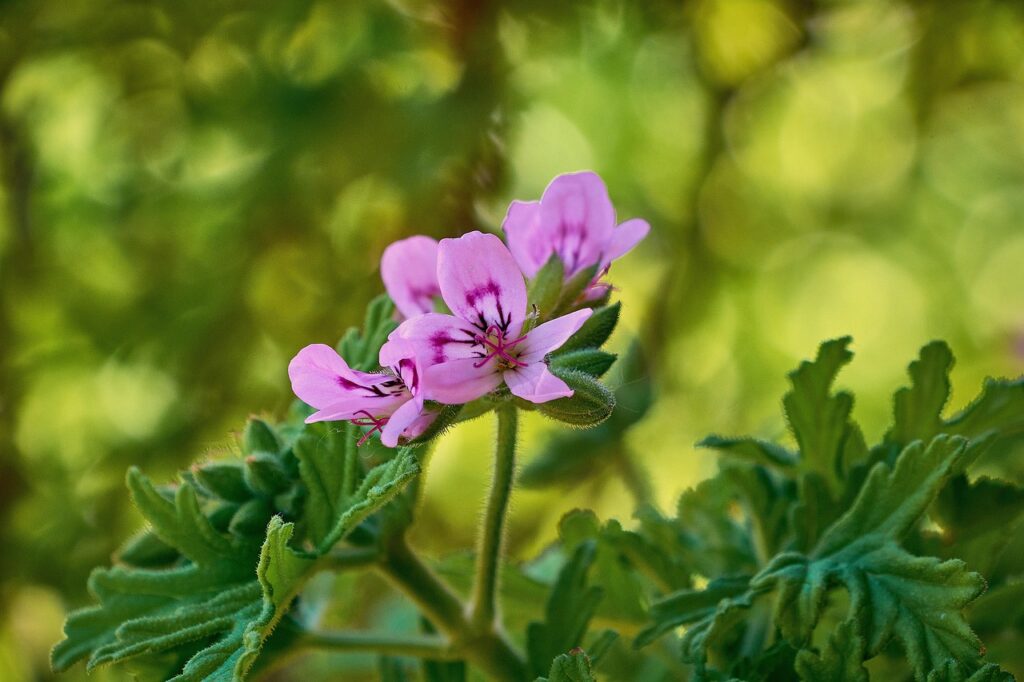
Lemon geraniums are easy to grow and popular as ornamental plants with delightful fragrance. Please consider the following cultivation tips:
Sunlight
Prefers bright locations. It tolerates direct sunlight well, and from spring to autumn it can be grown outdoors. Indoors, place it near a sunny window.
Watering
Water thoroughly when the soil surface dries, until water runs out of the pot’s bottom. Avoid overwatering, as prolonged wet soil can cause root rot.
Soil
Use well-draining potting soil. Mixing perlite or small akadama with commercial soil improves aeration.
Fertilizer
During the growing season (spring–summer), apply liquid fertilizer every 2–3 weeks to enhance flowering and fragrance. Refrain from fertilizing in winter.
Pruning
Trim overgrown branches during the growing season to maintain shape. Regular cutting back promotes branching and improves appearance.
Overwintering
Sensitive to cold. Bring indoors in winter. In regions below 5°C, avoid outdoor cultivation. Indoors, keep in a bright, moderately humid environment.
Conclusion
The lemon geranium, with its refreshing foliage scent and compact blossoms, is a charming perennial.
Although native to South Africa, it has been widely embraced in Europe since the 17th century, particularly as a valued fragrant plant.
Nurtured within garden cultures across countries such as England and France, it is appreciated for both its ornamental beauty and fragrance.
With proper care, it can be cultivated at home for many years, adding natural color and fragrance to daily life.
